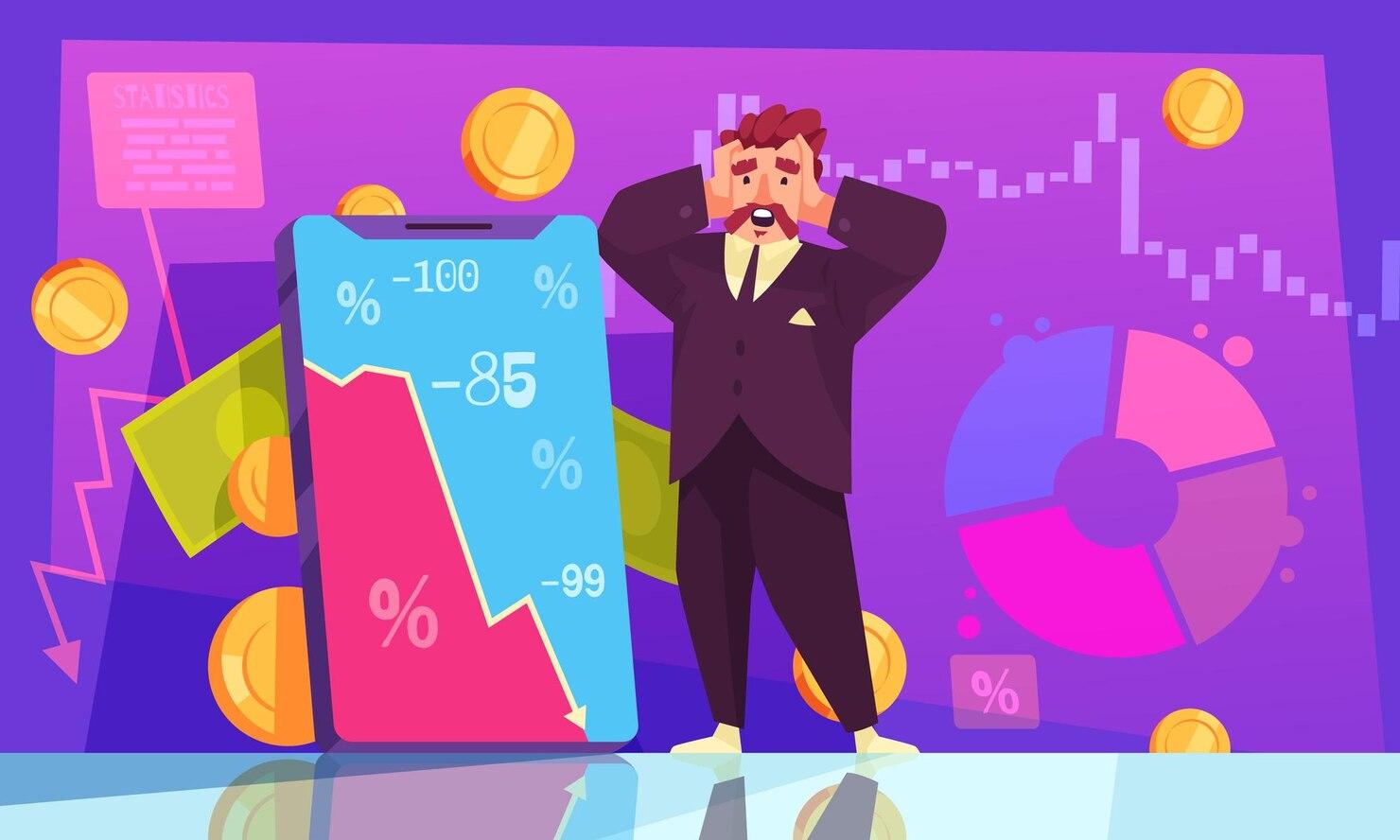In recent years, deepfake technologies have developed significantly. A deepfake is a method by which artificial intelligence creates fake videos by mimicking people's faces and voices. While such technologies can have positive applications, they are also actively used by scammers to commit financial crimes.
What are Deepfakes?
Deepfakes are video materials where the faces and voices of real people are replaced with those of other individuals using machine learning algorithms. This technology is based on processing vast amounts of data, allowing for the creation of highly realistic fakes. These videos can be used in various contexts, from entertainment to education and even the film industry. However, as practice shows, there is a fine line between using technology for entertainment and financial crimes.
Deepfakes created using neural networks can be incredibly plausible. This makes them particularly dangerous in the context of fraud. Fake videos can be used to manipulate people's opinions, spread misinformation, and even for stealing personal data or money.

How Scammers Use Deepfakes in Financial Crimes
Fraud using deepfakes has many application methods. One of the most common methods is creating fake videos to deceive victims into gaining access to their finances. Let's consider several scenarios in which deepfakes can be used.
1. Extortion and Blackmail
Deepfakes can be used to create compromising videos or audio recordings that can be used for blackmail. A scammer can create a video where the victim appears to do or say something incriminating or unacceptable. Then, threatening to release this video, scammers can demand money or other benefits.
This method is especially dangerous as terrifying threats can cause panic in the victim, leading to rash decisions. Examples of such cases are becoming more frequent. As a result, victims send money to avoid public disgrace.
2. Manipulation with Business Partnerships
Scammers can use deepfakes to create fake video calls with business partners or major investors. For example, they can create a video with the face of a company's CEO who never actually conducted such a conversation.

This approach allows scammers to mislead company employees by discussing nonexistent deals or financial operations. As a result, careless actions can lead to significant financial loss. Unknown persons may request money transfers based on fake agreements that seem realistic.
3. Cryptocurrency Fraud
In recent years, cryptocurrency fraud has become very popular. Scammers can use deepfakes to create fake videos with famous personalities claiming their intention to invest in or support certain cryptocurrencies. These videos can be so plausible that victims, unaware of the fraud, invest their funds.
Cryptocurrencies have high volatility, and such manipulation methods can lead to significant losses for investors. For example, if a famous person, such as a well-known businessman or influential blogger, makes false promises about an asset, it can lead to mass investments and then to a project crash.
4. Social Engineering
Deepfakes can also be used as part of broader social engineering schemes. Scammers can create a video with your acquaintance or colleague asking for money or help in a difficult situation. Given that the video looks plausible, you might send money without hesitation, believing you are helping a close person.
This scheme is based on trust. When you see a familiar face, your defense mechanisms weaken. Such frauds can lead to serious financial losses.

Consequences of Using Deepfakes in Fraud
The use of deepfakes in financial crimes has many consequences for both victims and society as a whole.
Financial crimes using deepfakes undermine trust in many aspects of digital interaction. Investors may become wary of new technologies and digital currencies, fearing they may fall victim to fraud. This can have serious consequences for innovative companies.
As technology and the availability of tools for creating deepfakes develop, the number of victims increases. Most people cannot distinguish a fake from the original. The difficulty in identifying fake videos can lead to an increase in the number of victims of financial crimes.
As deepfakes become more plausible, investigating such crimes becomes much more difficult. Law enforcement agencies face challenges in gathering evidence. This may lead to scammers going unpunished, which contributes to the further spread of this type of crime.
How to Protect Yourself from Deepfake Fraud
In the face of growing threats related to the use of deepfakes in fraud, it's important to know how to protect yourself.
Education and awareness of threats related to deepfakes should become a priority for everyone. The more people are aware of scammers' methods, the less likely they are to fall victim.

Always verify sources of information, especially if they seem suspicious. If you receive a video or message from an acquaintance asking for help, it's worth contacting them through other channels to confirm the request.
There are special tools and programs that help detect deepfakes. Implementing such technologies in business processes can help reduce fraud risks.
If you encounter suspicious videos or become a fraud victim, it's important to contact law enforcement immediately. This can help not only in your situation but also in preventing similar cases in the future.
Deepfakes have become a powerful tool for scammers, creating serious threats to financial security. Understanding how these technologies are used and taking protective measures are important steps to reducing fraud risks. While the deep integration of technology into our lives offers many opportunities, it's important to remain vigilant and informed to protect yourself and your financial security in the era of innovative threats.
